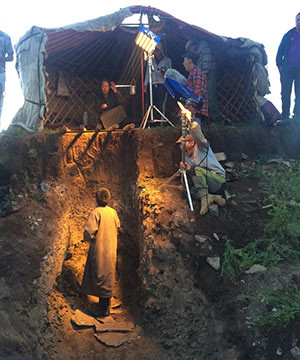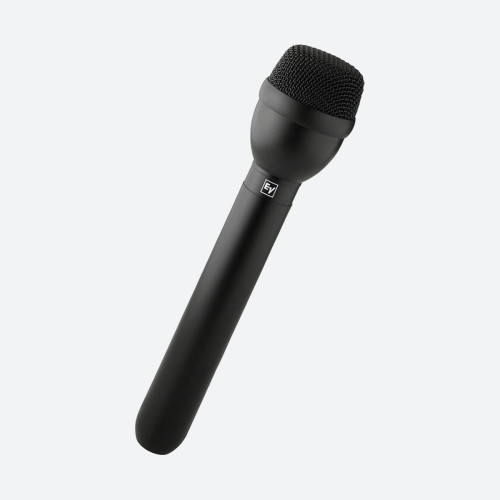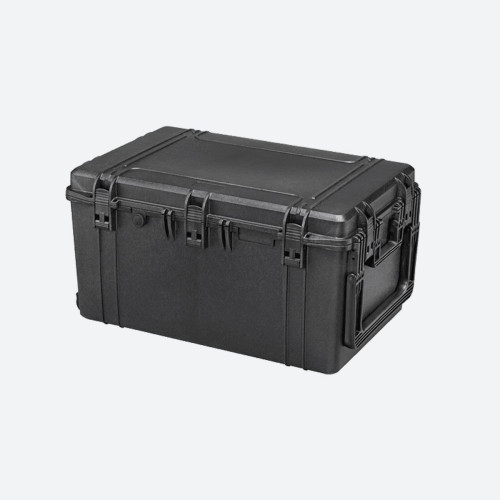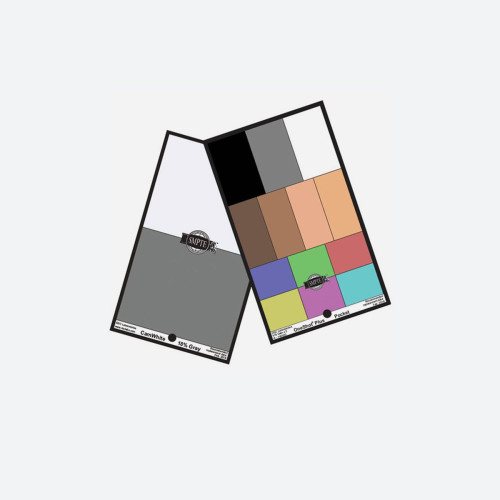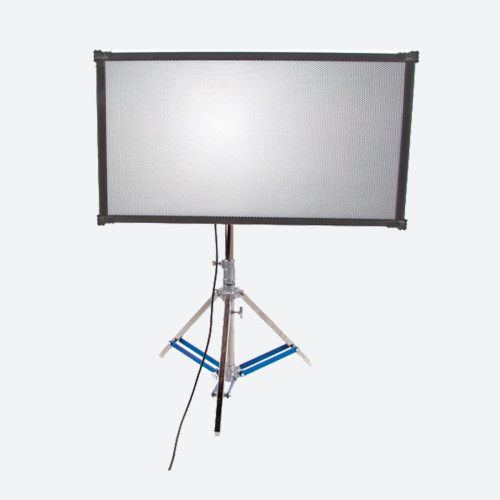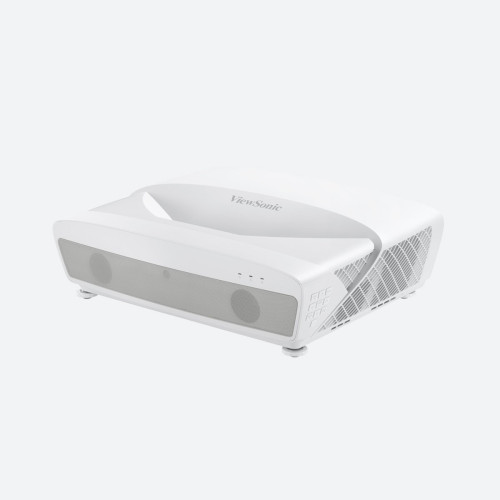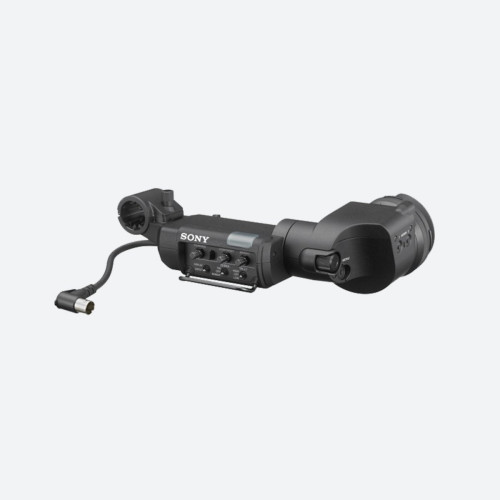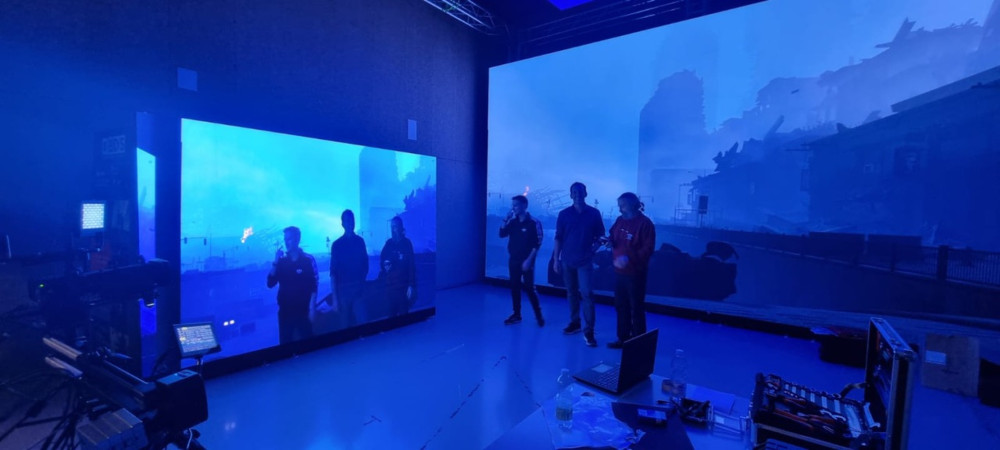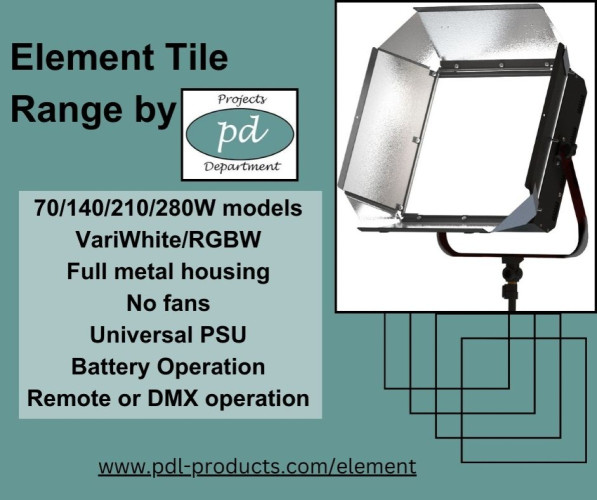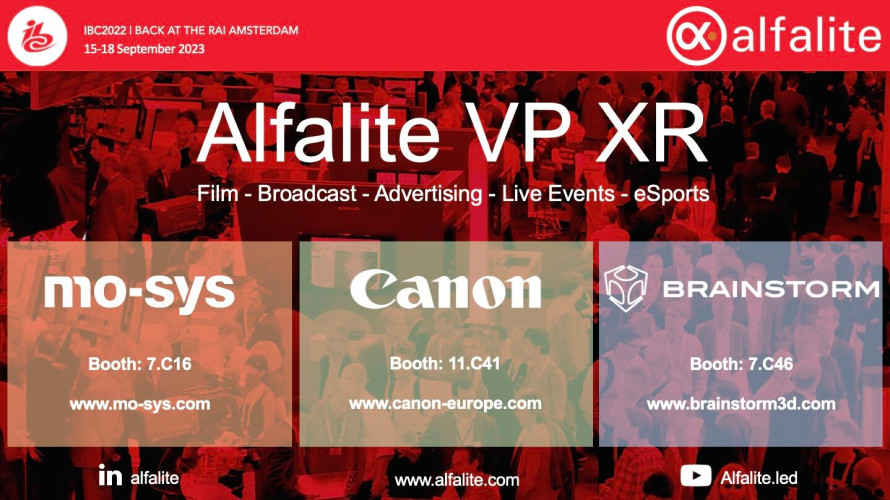LED lighting has come a long way from the days when companies like Outsight were ridiculed by major manufacturers at trade shows because, the manufacturers asserted, technology couldn\'t be entrusted with the requirements of our industry.
During this time the market has moved from that initial question, "What is LED?\" to "Is LED ready?\" and finally to "Which LED do I choose for my application?\" (and those nay-saying manufacturers are now producing LEDs.)
As one of the original innovators of LED technology, we continue to build our knowledge through innovation and experience. This article addresses some of the key questions to consider when selecting LEDs.
Define your need
First and foremost, your needs will define your direction. Are you after replacements to traditional fixtures? Are you the only operator or do you have crew? Do you need the light to solve a specific task, or to be an all-purpose source? The more versatile the LED is, the more it will be used and the better your return will be on any investment.
When to look beyond colour quality index numbers
Colour Rendering Index (CRI) or Television Lighting Consistency Index (TLCI) can help evaluate the light quality of fixtures. In simple terms, they try to quantify the spectral light output quality to a number in the range of 0-100 where 100 is "a perfect black body illuminator\" and 0 represents "a failed power-supply". TLCI has the advantage in that it also attempts to unify this with theory on sensor sensitivity across a "standard camera\" model.
So, the greater the number, the better the quality of the light spectrum, right? Well. Just like Megapixels in cameras, base numbers can be misleading and do not tell you all you need to know about a light source. For instance, a CRI number does not consider green and magenta bias - often having an unwanted magenta bias can appear to increase CRI! Also, look at homogeneity across the angle of spread of a fixture. How does the colour temperature change with beam angle?
In practice, anything with a CRI above 90 is fair indication of an acceptable starting point; then you need to look at the other factors, like how the light performs on various skin tones. Most of these are the same selection criteria you would use for choosing any lighting fixture.
Consistency between fixtures
As per Tungsten, HMI, or Fluorescent, changes in LED junction temperature can cause \'drift\' (a change in colour temperature or green/magenta) and \'droop\' (a drop off in light output). Life expectancy can also be affected. An LED operating at a 10° C junction temperature higher than specified can have a 10,000 hour or more change in life expectancy, and adversely shift colour temperature, red, green or magenta content.
While Outsight uses calibration on all its multi-colour systems, some other manufacturers may not, or may do so in a limited fashion.
Look at the wrap and illumination quality of the light
Look at qualities such as the fall-off and wrap of the light, punch, throw, focus.
Are you after one type of illumination source, or do you need flexibility in how the light can be controlled - from hard and long throw to soft or super soft? Are you able to choose where you would like the fixture to be in relation to the subject, or is this relationship largely predefined by the fixture and/or the setup? Does the light source start out so soft that additional diffusion kills output?
The Creamsource brand got its name from a DOP who was using one of our early prototypes, and commented that the light was \'punchy but creamy\'. These slightly intangible words highlight how good lighting affects the emotive part of the brain. I believe this is the goal of lighting in cinematography; to enhance the emotive response of the viewer.
Understand how you plan to mix fixtures together to create a complete lighting setup
One of the major technical challenges - both for traditional and LED lights - is how to mix different technologies or manufacturers together to get homogenised results for imaging.
As a result, some DOPs advocate the use of a dedicated brand of fixture for a specific task - i.e. one brand for lighting faces, another brand dedicated to space/area lighting and a third to windows or augmented/simulated sunlight. Of course, if your selected system is very flexible in its range of output abilities, then it may be possible to reduce the number of manufacturers, and further homogenise your results.
See how the product dims
That new LED sure is bright! However, it\'s important to know what happens once it comes off full power. With new highly sensitive cameras, low power or dimmed operation of the lamp is becoming commonplace. Dimming to figures even under 5% of full power (4 stops) can happen frequently.
How does the fixture handle subtle dimming at low levels? Colour mixing fixtures can behave very poorly at low levels if not calibrated to handle this. In a full colour mix the drift can result in completely different output colour, or a shift in colour temperature.
Look (and test) for flicker
Many LED lights are dimmed using a technique called Pulse Width Modulation (PWM), which pulses the LEDs at a high frequency and varies the \'on time\' or \'off time\' of the LED to make it appear brighter or dimmer. If the PWM frequency is too low, this pulsating can be picked up by the camera as flicker. The PWM frequency should be roughly 30x the frame rate you want to shoot - e.g. if you want to shoot at 1000fps, you want a PWM frequency of at least 30kHz. Outsight products have a \'high speed\' mode which boosts the PWM frequency to over 50kHz, allowing for very high frame rates.
Drop your light - is it still working?
Accidents happen, and when they do you need to keep going and get the shot.
Have the fixtures been built to a standard or a price? Look at things such as robustness of build and the materials used in construction: are they plastic, steel, alloy or something else? Ask for a reference from someone that has used them in anger! Check IP ratings and look for issues such as protrusion and protection of controls or buttons. Are they going to be sheared off with a knock? Can the fixture be grabbed and moved by holding different parts of the fixture? Are there sufficient points to rig and secure the fixture? What warranty is available?
Functionality/ interface
It is important to look at User Interface (UI) and Control options available. Usually as a minimum it should have DMX control. Can you dowse or flash your lights remotely? Can you synchronise to camera shutter for lightning, gunfire, or other flash effect? How much control distance can you get between your remote and the fixture?
Upgradeability, service, and futureproofing
Does the fixture allow future upgrades to the LED engine? Can it be serviced? Will the drivers or other electronics need additional hardware features in the future that aren\'t available today? These are important factors based on the expected lifespan of LED systems and the upfront investment compared to traditional fixtures.
Conclusion
LED fixtures are the here-and-now, and most of the decisions you need to take are similar to how you would approach investing in traditional fixtures. Up until now everyone has been fixated on the quality indexes and the complication of acronyms and marketing speak in the product specification. Be careful to choose your fixture based on what you want - or else any light output quality index number might well just be MIPS (Meaningless Information Provided by Salesmen).





